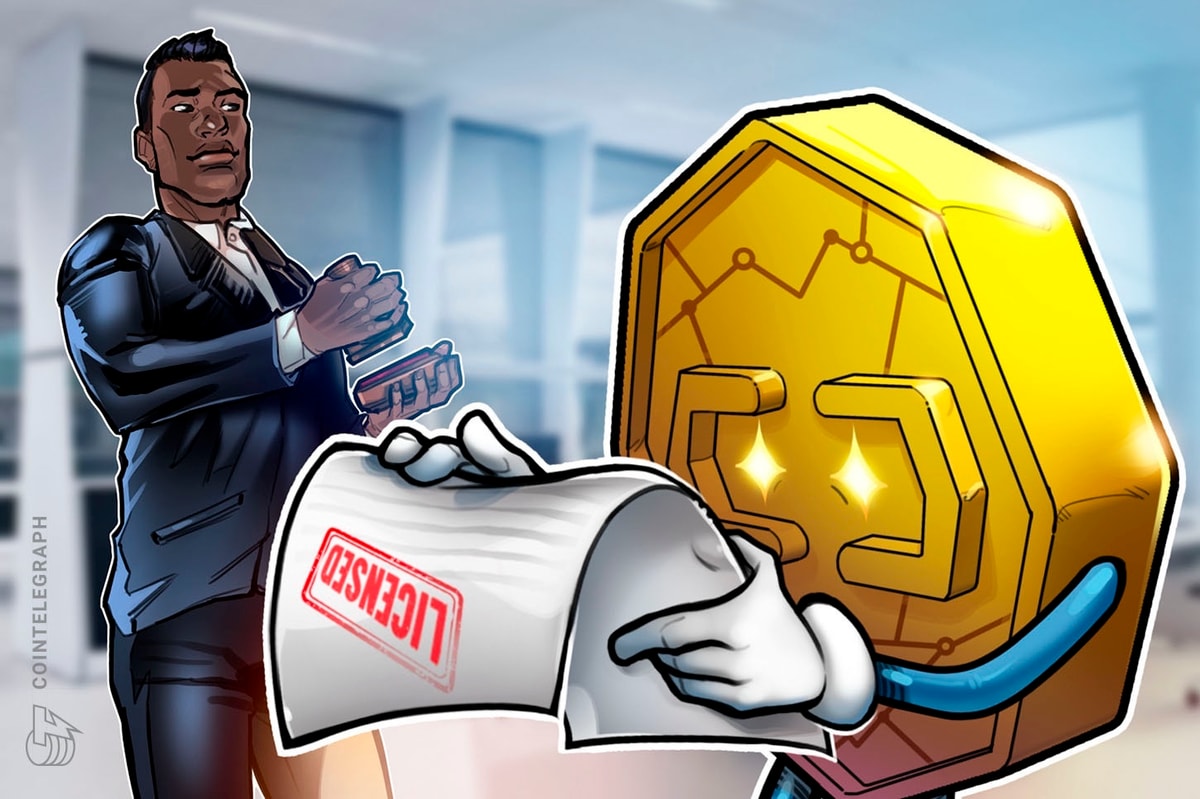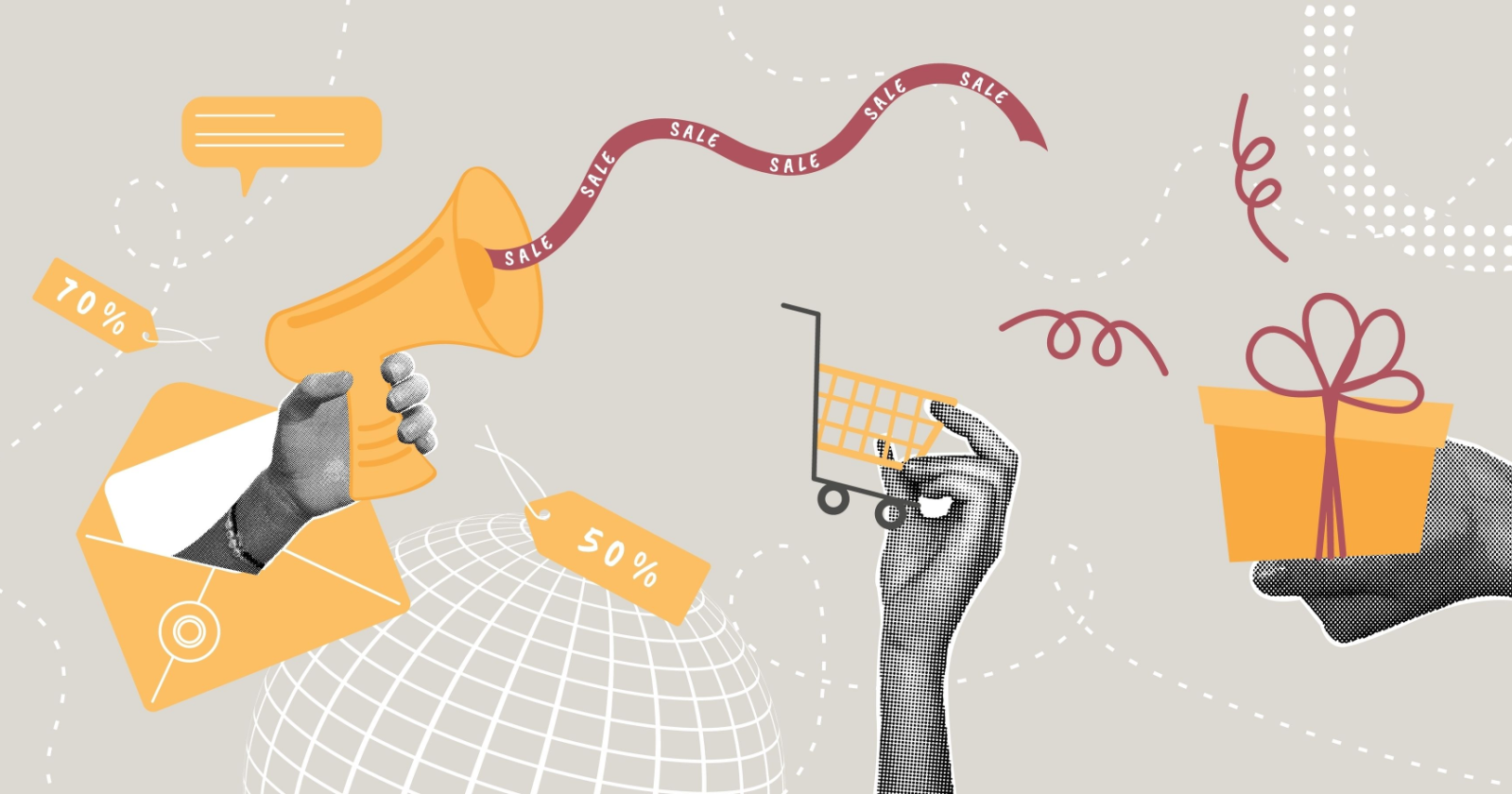This edited excerpt is from Human-Centered Marketing by Ashley Faus ©2025 and is reproduced and adapted with permission from Kogan Page Ltd.
Mapping content to the traditional funnel adds no value, since the journey behaves more like a playground than a linear progression.
Pitfalls of the traditional funnel include assuming that every person in the audience intends to and will become a customer, underestimating the sophistication of the buyer, and offering limited options for post-purchase retention strategies.
Building a seamless, delightful journey on a foundation of trust means that we must fundamentally rethink our framework for the audience journey.
Most marketers are familiar with the traditional funnel to outline the buyer’s journey, focusing on three key phases: awareness, consideration, and decision.
The funnel assumes that the audience journey begins with awareness, when, in fact, the audience journey begins long before marketers recognize that this person is on a journey.
Introducing The Playground
We need to think about the journey as a playground: people can go up, down, sideways, and around. They can go to the equipment (content) in any order. They can enter and exit as they please. And they can use the content in the “wrong” way.
How many times do you force your audience to go through unnecessary steps because you’re trying to make them buy when they’re not ready; or, worse, you add friction to the buying process because you need to check the boxes on providing a white paper and a demo and a case study?
Why does this happen? It stems from the idea that we need to push prospects down the funnel to become leads and keep moving them through until they become customers.
Pitfalls Of The Customer Journey Map
Ultimately, every customer journey map ends with the prospect becoming a lead and deciding to purchase the company’s offering. This linear journey map ignores retention, cross-sell, up-sell, and expansion opportunities.
While the looping journey does, at least, acknowledge the additional post-purchase phase, it fails to capture the complexity.
For example, many software-as-a-service companies have user limits for different tiers of their product offerings.
With the rise of product-led growth (PLG) as a key go-to-market motion, many SaaS products include a free tier, with user gates, feature gates, or both, to prompt free users to become paying customers.
Traditional journey maps obscure the messy middle of the customer journey, with weird hacks to stay under the user limit, lengthy negotiations on larger contracts for seat expansion, and fighting competitors when it comes time for the customer to renew.
This highlights another pitfall of the funnel and associated journey maps to move people through the funnel. It’s a retrospective measurement tool, not a forward-looking strategy tool.
If you map the journeys of people who did, in fact, become customers, then you are correct in starting with a prospect having a problem, searching for a solution, and ultimately, choosing your offering.
If, however, you are trying to build a net-new audience, hone your narratives to resonate with that audience, and map your content and distribution strategy, you can’t simply look at what happened in the past, on owned platforms, in the condensed time period where the buying process “officially” started.
In addition, consider a post-purchase scenario where the marketer makes the journey more difficult for a customer precisely because they want to track the interaction in more detail.
Collecting more information gives us a false sense of security. If we know just a bit more about this person, surely we can convince them to spend more money.
Traditional funnel models also fail to recognize the differences between a user and an economic buyer. Many marketers recognize that buying involves multiple different people, but they assume that each stakeholder joins the process in a linear way.
For example, in larger companies, an economic buyer might need to go through a procurement process that includes a security assessment, compliance checklist, and legal or contract review before bringing in a new tool.
The linear funnel assumes that these stakeholders need to be addressed in the “decision” phase of the buying process.
And yet, ask anyone who’s been through procurement in a large enterprise, and they’ll tell you that it’s difficult, and, often, a deterrent to even starting a buying process.
In order to convince me to buy, you need to convince me that I’ll be able to buy. If you make it easy for me to make it through the procurement process, I’m much more likely to choose you as a vendor because I know that I’ll be successful in completing the process.
Consider another scenario, where individual teams are empowered to purchase tools and services on their own. These teams are all in the “post-purchase” phase.
At some point, the invoices might be large enough to warrant consolidation, which might trigger a wider vendor review. In that case, you’ve won over many users, but the economic buyer is now in the “awareness” phase, as they’ve just discovered you as a vendor.
Or, they might need to be convinced that solving this problem should continue to be a priority at all. Alternatively, the buyers might immediately move to the “consideration” phase by opening a request for proposal (RFP) or researching competitors.
Maybe they’ve bought in on the problem, but they want to explore different solutions. They might need to learn about different possible solutions, even though there’s already a vendor solving this problem.
Once you decide to consolidate a contract, the spend might be big enough to require a more thorough vetting by the procurement, security, compliance, and legal teams.
At this point, who knows which phase of the funnel you’re in? Is it “retention” with the users who no longer actually have buying power?
Is it awareness or consideration with the economic buyer? Is it awareness or decision with teams who have the ability to block the deal, but aren’t the economic buyer?
As you can see, attempting to map content to a linear funnel by also mapping linear personas becomes quite a challenge!
These scenarios also minimize or ignore the sophistication of the buyer. In a B2B (business-to-business) context, most buyers are quite sophisticated. They’re well-versed in the problem space, and might have purchased solutions in the past.
They’re equipped to do their own research, and often prefer working through the initial vetting phases before reaching out to a company to initiate a buying process.
In fact, TrustRadius found that, in 2021, 43% of buyers reported consulting with vendor representatives, and that number dropped to an average of one out of four buyers in all but the largest deal sizes.
Instead, buyers preferred to conduct their own research, with a bias towards non-vendor-provided material.
Buyers favored free trials or accounts (56%), user reviews (55%), and community forums (37%) over vendor-provided materials such as customer references (15%), blogs (14%), and marketing collateral (14%).1
This trend continued in a 2024 report from 6sense, a company that arms revenue teams with data to accelerate deal conversions. It found that, when B2B buyers directly engage sellers, they are already 70% through their buying process.2
We see over and over that, by the time a marketer becomes aware that someone is in the buying process, they’re significantly behind the buyer’s knowledge of the problem space, research into the solution space, and affinity for a select list of solution providers.
They’re not coming to the company website cold, or blindly reaching out to a salesperson.
Instead, they’ve consulted a curated list of trusted sources, including conversations with their personal network, crowdsourcing information, and recommendations from peers on social media and forums, and they’ve read about the pros and cons of different providers from people like themselves.
To read the full book, SEJ readers have an exclusive 25% discount code and free shipping to the US and UK. Use promo code SEJ25 at koganpage.com here.
More Resources:
[1] TrustRadius (2022), 2022 Buying Disconnect: The Age of the Self-Serve Buyer, go.trustradius.com/rs/827-FOI-687/images/TrustRadius_2022_ B2B_Buying_Disconnect_6.27.22.pdf (archived at https://perma.cc/ TG6X-UU8T)
[2] 6sense Research (2023), Out of Sight, Almost Out of Time: The 2023 6sense B2B Buyer Experience Report, 6sense, 6sense.com/report/ buyer-experience (archived at https://perma.cc/XJ3Z-ULJ4)
Featured Image: Natalya Kosarevich/Shutterstock








